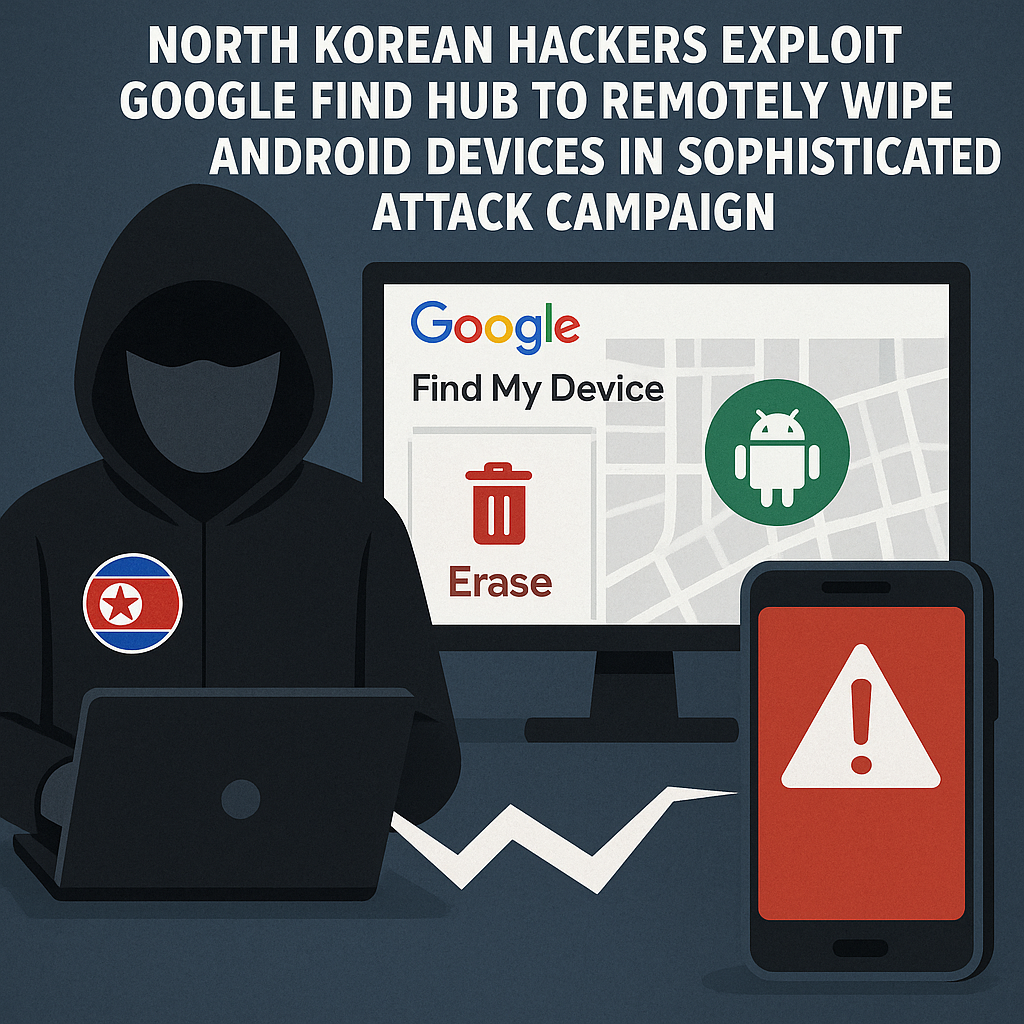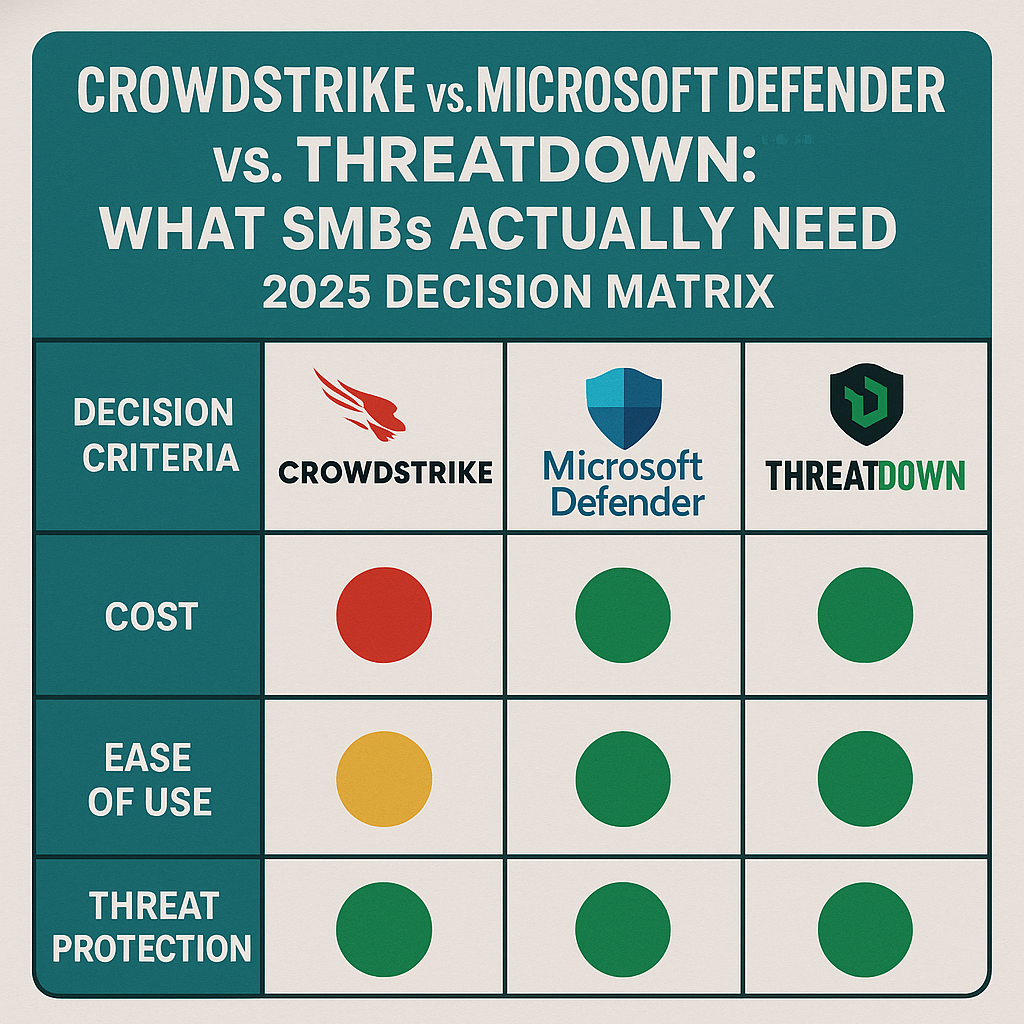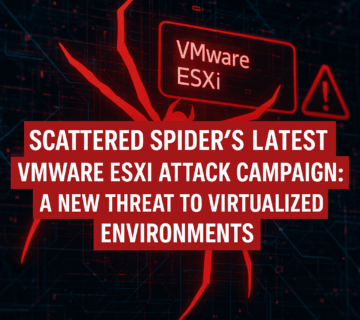The Rising Tide of AI-Enhanced Cybercrime: How Machine Learning is Transforming the Threat Landscape
🎙️ Dive Deeper with Our Podcast!
AI-Enhanced Cybercrime: The Evolving Threat Landscape
👉 Listen to the Episode: https://technijian.com/podcast/ai-enhanced-cybercrime-the-evolving-threat-landscape/
The cybersecurity world stands at a critical juncture. Traditional defense mechanisms that once protected organizations are becoming increasingly ineffective against a new breed of sophisticated attackers who harness artificial intelligence and machine learning to orchestrate devastating cyber campaigns.
Recent industry research reveals a startling reality: nearly six out of ten security professionals have witnessed a dramatic increase in AI-powered cyber attacks over the past year. These aren’t your typical malware infections or basic phishing attempts. Instead, they represent a fundamental shift in how cybercriminals operate, leveraging advanced algorithms to create adaptive, intelligent threats that evolve in real-time.
Understanding the Evolution of Modern Cyber Threats
The landscape of cybercrime has undergone a remarkable transformation. Where attackers once relied on static malware and predictable attack patterns, today’s cybercriminals employ sophisticated machine learning algorithms that can analyze vast amounts of data, identify security weaknesses, and adapt their strategies dynamically.
This evolution begins with automated intelligence gathering. Attackers now use AI systems to scrape information from social media platforms, corporate websites, and even dark web repositories. This data becomes the foundation for highly targeted attacks that exploit human psychology and technical vulnerabilities simultaneously.
The process typically unfolds in stages: initial reconnaissance powered by machine learning algorithms, pattern recognition to identify the most promising attack vectors, strategic planning that accounts for multiple contingencies, and real-time adaptation that allows threats to evolve as they encounter defensive measures.
The Mechanics Behind AI-Driven Attack Campaigns
Modern cybercriminals have embraced three primary categories of AI-enhanced attacks, each representing a significant escalation in sophistication and potential damage.
Advanced Social Engineering and Phishing Operations
The days of poorly written phishing emails with obvious grammatical errors are largely behind us. Today’s attackers use natural language processing and machine learning to craft communications that are virtually indistinguishable from legitimate correspondence.
These systems can analyze writing patterns, corporate communication styles, and even individual behavioral traits to create highly convincing messages. The technology has reached such sophistication that deepfake audio and video are now being deployed in social engineering attacks, creating scenarios where victims believe they’re receiving instructions from trusted colleagues or supervisors.
Intelligent Malware Development
Traditional malware relies on static signatures that security systems can eventually identify and block. AI-powered malware operates differently, using polymorphic capabilities to constantly modify its code structure while maintaining its malicious functionality.
These adaptive threats can analyze the security environment they encounter and modify their behavior accordingly. They might alter their communication protocols, change their persistence mechanisms, or even adjust their payload delivery methods based on the defensive measures they detect.
Network Exploitation and Lateral Movement
Perhaps most concerning is the emergence of AI-driven network exploitation tools. These systems can automatically map network topologies, identify vulnerable systems, and plan optimal attack paths that minimize the likelihood of detection.
Once inside a network, these intelligent threats can mimic legitimate traffic patterns, gradually expanding their access while maintaining stealth. They learn from the network’s normal behavior and adapt their activities to blend in with routine operations.
Real-World Impact and Case Studies
The theoretical dangers of AI-powered cybercrime have unfortunately become concrete realities. Recent incidents demonstrate the devastating potential of these advanced attack methods.
Financial institutions have reported sophisticated fraud schemes where AI systems analyzed customer behavior patterns to identify optimal timing for fraudulent transactions. These attacks succeeded because they mimicked legitimate user behavior so closely that traditional fraud detection systems failed to raise alerts.
Healthcare organizations have faced AI-driven attacks that specifically targeted patient data systems. These threats used machine learning to identify the most valuable information within healthcare networks, focusing their efforts on high-value targets while avoiding systems that might trigger security alerts.
Corporate espionage has also evolved, with attackers using AI to identify and extract intellectual property systematically. These operations can run for months or even years, gradually collecting sensitive information while maintaining such low profiles that organizations remain unaware of the ongoing theft.
Defensive Strategies for the AI Era
Protecting against AI-powered threats requires a fundamental rethinking of cybersecurity strategies. Traditional approaches that rely on known threat signatures and predictable attack patterns are insufficient against adaptive, intelligent adversaries.
Implementing Deep Network Visibility
Organizations must gain comprehensive visibility into their network traffic, including encrypted communications. This involves deploying advanced traffic analysis tools that can identify suspicious patterns even when attackers attempt to hide their activities within legitimate-looking communications.
Modern network detection systems use machine learning to establish baselines of normal network behavior, enabling them to identify subtle anomalies that might indicate the presence of intelligent threats.
Developing AI-Resistant Architectures
Security architectures must be designed with the assumption that attackers will use AI to probe for weaknesses. This means implementing multiple layers of defense, each operating on different principles and using different detection methods.
Microsegmentation becomes particularly important in this context, as it limits the potential for lateral movement even when attackers successfully compromise initial access points. By creating isolated network segments, organizations can contain threats and prevent them from accessing critical systems.
Advanced Threat Detection and Response
Traditional signature-based detection systems must be supplemented with behavioral analysis tools that can identify suspicious activities based on patterns rather than specific threat indicators. These systems use machine learning to understand normal user and system behavior, flagging activities that deviate from established patterns.
Response systems must also become more sophisticated, capable of automatically implementing containment measures when threats are detected. This includes the ability to isolate compromised systems, block suspicious communications, and preserve evidence for forensic analysis.
The Human Element in AI-Powered Defense
While technology plays a crucial role in defending against AI-powered threats, the human element remains irreplaceable. Security teams must develop new skills and adopt new approaches to remain effective against intelligent adversaries.
Training programs must evolve to help security professionals understand how AI-powered attacks operate and how to recognize their signatures. This includes understanding the behavioral patterns that AI-driven threats exhibit and the subtle indicators that might reveal their presence.
Incident response procedures must also adapt to account for the dynamic nature of AI-powered threats. Response teams need to be prepared for attacks that evolve during the response process, requiring flexible and adaptive countermeasures.
Looking Toward the Future
The cybersecurity landscape will continue to evolve as both attackers and defenders refine their use of artificial intelligence and machine learning. Organizations that recognize this reality and begin adapting their security strategies now will be better positioned to defend against the sophisticated threats of tomorrow.
This adaptation requires investment in new technologies, training for security teams, and a fundamental shift in how organizations think about cybersecurity. The reactive approaches of the past must give way to proactive, intelligence-driven defense strategies that can anticipate and counter AI-powered threats.
The stakes couldn’t be higher. As AI-powered attacks become more sophisticated and widespread, organizations that fail to adapt risk not only financial losses but also damage to their reputation and the trust of their customers and stakeholders.
Frequently Asked Questions
What makes AI-powered cyber attacks different from traditional threats?
AI-powered attacks differ fundamentally in their ability to adapt and evolve in real-time. Unlike traditional malware that follows predictable patterns, these threats use machine learning to analyze their environment and modify their behavior to avoid detection. They can learn from failed attempts, adjust their strategies, and even mimic legitimate user behavior with remarkable accuracy.
How can organizations detect AI-powered attacks if they’re designed to evade traditional security measures?
Detection requires a shift from signature-based security to behavioral analysis. Organizations need to implement systems that understand normal network and user behavior patterns, then identify deviations that might indicate the presence of intelligent threats. This includes monitoring for subtle anomalies in data access patterns, communication protocols, and system interactions that AI-powered threats might exhibit.
Are small and medium-sized businesses at risk from AI-powered cyber attacks?
Absolutely. While these attacks were initially associated with nation-state actors and sophisticated criminal organizations, the tools and techniques are becoming more accessible. Cybercriminals are increasingly offering AI-powered attack tools as services, making these capabilities available to less sophisticated attackers who might target smaller organizations.
What should be the first priority for organizations looking to defend against AI-powered threats?
The first priority should be gaining comprehensive visibility into network traffic and user behavior. Organizations can’t defend against what they can’t see, and AI-powered threats excel at hiding within normal network activity. Implementing advanced network monitoring and behavioral analysis tools provides the foundation for all other defensive measures.
How often should security measures be updated to counter evolving AI threats?
Security measures should be continuously updated and refined. AI-powered threats evolve rapidly, and defensive measures must keep pace. This means implementing systems that can learn and adapt automatically, rather than relying solely on periodic manual updates. Security teams should also regularly review and test their defenses against simulated AI-powered attack scenarios.
Can artificial intelligence be used defensively to counter AI-powered attacks?
Yes, and this is becoming increasingly necessary. Defensive AI systems can analyze threat patterns, predict attack vectors, and respond to threats at the speed required to counter intelligent adversaries. However, implementing defensive AI requires careful consideration of system design and ongoing management to ensure these tools remain effective against evolving threats.
How Technijian Can Strengthen Your Cybersecurity Posture
In the face of increasingly sophisticated AI-powered cyber threats, organizations need expert guidance and advanced solutions to protect their digital assets. Technijian specializes in developing comprehensive cybersecurity strategies that address the unique challenges posed by intelligent, adaptive threats.
Our cybersecurity experts understand the evolving threat landscape and can help your organization implement the multi-layered defense strategies necessary to counter AI-powered attacks. We provide end-to-end security solutions, from initial risk assessment and network architecture design to ongoing threat monitoring and incident response.
Technijian’s approach begins with a thorough evaluation of your current security posture, identifying vulnerabilities that AI-powered threats might exploit. We then design and implement customized security architectures that incorporate advanced threat detection, behavioral analysis, and automated response capabilities.
Our team stays at the forefront of cybersecurity innovation, continuously updating our knowledge and capabilities to address emerging threats. We provide ongoing monitoring and support, ensuring that your security measures evolve alongside the threat landscape.
Partner with Technijian to transform your cybersecurity strategy and build resilience against the AI-powered threats of today and tomorrow. Contact our security experts to learn how we can help protect your organization’s most valuable digital assets and maintain the trust of your stakeholders in an increasingly dangerous cyber environment.
About Technijian
Technijian is a premier managed IT services provider, committed to delivering innovative technology solutions that empower businesses across Southern California. Headquartered in Irvine, we offer robust IT support and comprehensive managed IT services tailored to meet the unique needs of organizations of all sizes. Our expertise spans key cities like Aliso Viejo, Anaheim, Brea, Buena Park, Costa Mesa, Cypress, Dana Point, Fountain Valley, Fullerton, Garden Grove, and many more. Our focus is on creating secure, scalable, and streamlined IT environments that drive operational success.
As a trusted IT partner, we prioritize aligning technology with business objectives through personalized IT consulting services. Our extensive expertise covers IT infrastructure management, IT outsourcing, and proactive cybersecurity solutions. From managed IT services in Anaheim to dynamic IT support in Laguna Beach, Mission Viejo, and San Clemente, we work tirelessly to ensure our clients can focus on business growth while we manage their technology needs efficiently.
At Technijian, we provide a suite of flexible IT solutions designed to enhance performance, protect sensitive data, and strengthen cybersecurity. Our services include cloud computing, network management, IT systems management, and disaster recovery planning. We extend our dedicated support across Orange, Rancho Santa Margarita, Santa Ana, and Westminster, ensuring businesses stay adaptable and future-ready in a rapidly evolving digital landscape.
Our proactive approach to IT management also includes help desk support, cybersecurity services, and customized IT consulting for a wide range of industries. We proudly serve businesses in Laguna Hills, Newport Beach, Tustin, Huntington Beach, and Yorba Linda. Our expertise in IT infrastructure services, cloud solutions, and system management makes us the go-to technology partner for businesses seeking reliability and growth.
Partnering with Technijian means gaining a strategic ally dedicated to optimizing your IT infrastructure. Experience the Technijian Advantage with our innovative IT support services, expert IT consulting, and reliable managed IT services in Irvine. We proudly serve clients across Irvine, Orange County, and the wider Southern California region, helping businesses stay secure, efficient, and competitive in today’s digital-first world.





